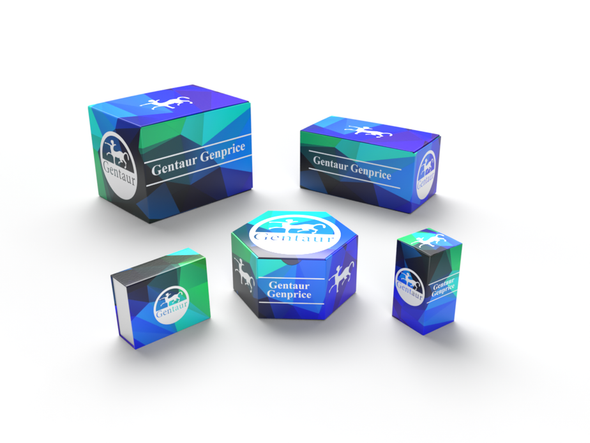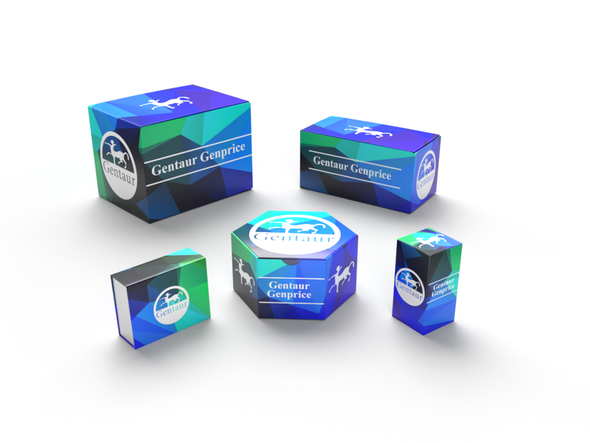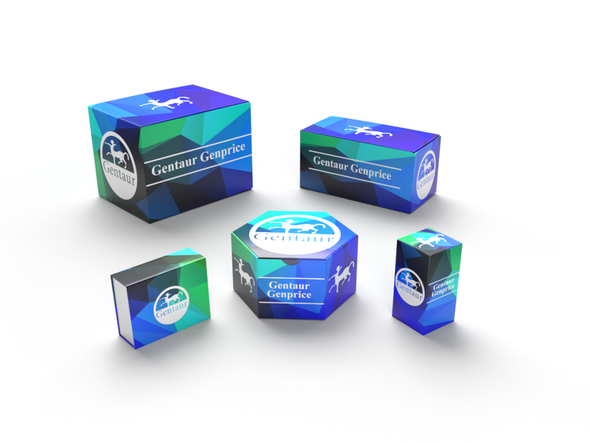Description
ATG5 Antibody | 4441 | Gentaur UK, US & Europe Distribution
Host: Rabbit
Reactivity: Human, Mouse, Rat
Homology: Predicted species reactivity based on immunogen sequence: Bovine: (94%) , Pig: (94%)
Immunogen: ATG5 antibody was raised against a 16 amino acid synthetic peptide from near the amino terminus of human ATG5.
The immunogen is located within the first 50 amino acids of ATG5.
Research Area: Autophagy
Tested Application: E, WB, IHC-P, IF
Application: ATG5 antibody can be used for the detection of ATG5 by Western blot at 1 - 2 μg/mL. Antibody can also be used for immunohistochemistry starting at 2.5 μg/mL. For immunofluorescence start at 5 μg/mL.
Antibody validated: Western Blot in rat samples; Immunohistochemistry in human samples and Immunofluorescence in human samples. All other applications and species not yet tested.
Specificiy: Three isoforms of ATG5 are known to exist; this ATG5 antibody will only detect the longest isoform.
Positive Control 1: Cat. No. 1466 - Rat Spleen Tissue Lysate
Positive Control 2: Cat. No. 10-901 - Human Spleen Tissue Slide
Positive Control 3: N/A
Positive Control 4: N/A
Positive Control 5: N/A
Positive Control 6: N/A
Molecular Weight: N/A
Validation: N/A
Isoform: N/A
Purification: ATG5 Antibody is affinity chromatography purified via peptide column.
Clonality: Polyclonal
Clone: N/A
Isotype: IgG
Conjugate: Unconjugated
Physical State: Liquid
Buffer: ATG5 Antibody is supplied in PBS containing 0.02% sodium azide.
Concentration: 1 mg/mL
Storage Condition: ATG5 antibody can be stored at 4˚C for three months and -20˚C, stable for up to one year. As with all antibodies care should be taken to avoid repeated freeze thaw cycles. Antibodies should not be exposed to prolonged high temperatures.
Alternate Name: ATG5 Antibody: ASP, APG5, APG5L, hAPG5, APG5-LIKE
User Note: Optimal dilutions for each application to be determined by the researcher.
BACKGROUND: ATG5 Antibody: Autophagy, the process of bulk degradation of cellular proteins through an autophagosomic-lysosomal pathway is important for normal growth control and may be defective in tumor cells. It is involved in the preservation of cellular nutrients under starvation conditions as well as the normal turnover of cytosolic components. This process is negatively regulated by TOR (Target of rapamycin) through phosphorylation of autophagy protein APG1. ATG5, another member of the autophagy protein family, forms a conjugate with ATG12; this conjugate has a ubiquitin-protein ligase (E3) -like activity for protein lipidation in autophagy. This conjugate also associates with innate immune response proteins such as RIG-I and VISA (also known as IPS-1) , inhibiting type I interferon production and permitting viral replication in host cells.










